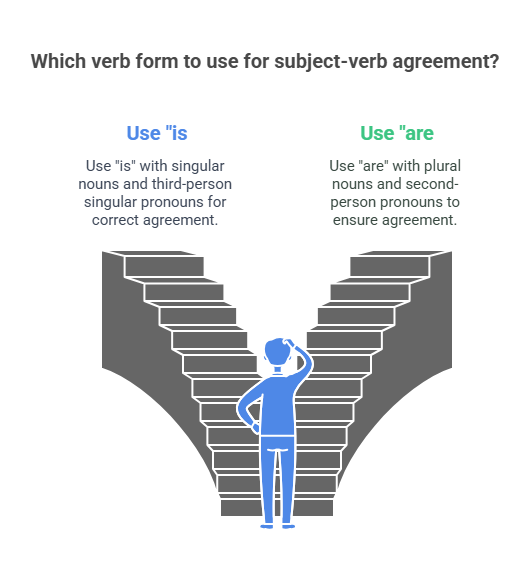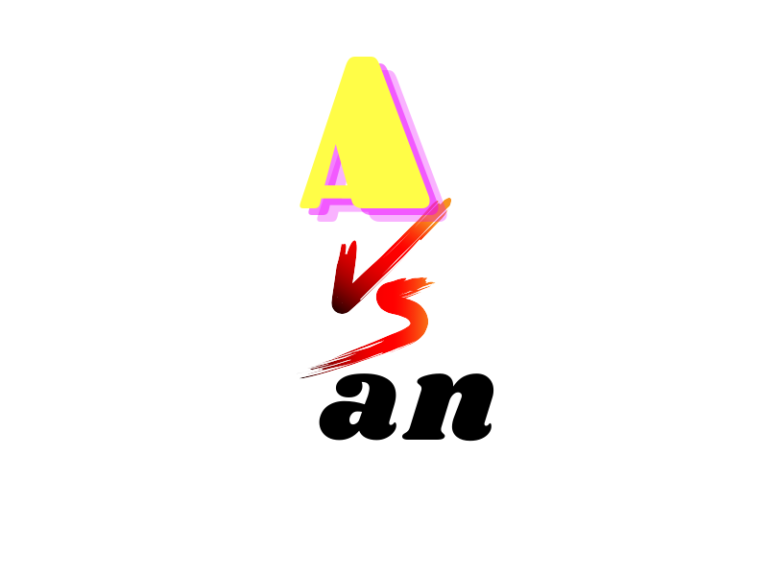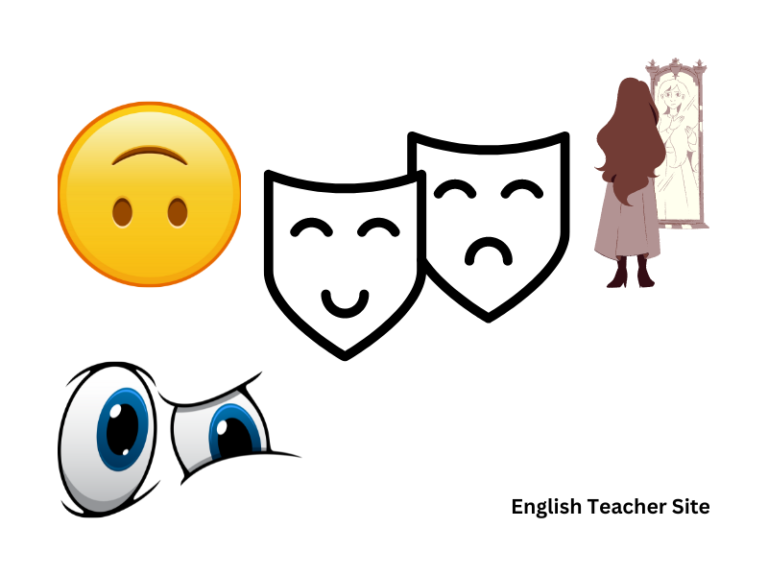Is or Are? 3 Simple Tips to Always Get It Right

Why Getting Is or Are Right Really Matters
Precision in language builds credibility. Whether drafting an email, a report, or a blog post, subject-verb agreement is foundational. Using is when you should use are (and vice versa) can disrupt the flow of your message. It causes readers to pause, question, and potentially doubt your expertise. Flawless grammar isn’t just about rules—it’s about clarity and impact.
Common Mistakes That Can Make You Look Unprofessional
A subject-verb mismatch can undermine your authority in an instant. Readers notice when something feels “off,” even if they can’t pinpoint why. A sentence like “The team are ready” (in American English) may raise eyebrows. Over time, repeated mistakes can erode trust, diminishing the professionalism you work hard to convey.
Understanding the Basics of Is and Are
What Is Subject-Verb Agreement Anyway
Subject-verb agreement ensures the verb aligns in number with its subject. If the subject is singular, the verb should be singular (is). If the subject is plural, the verb should be plural (are). It sounds simple, but complexities arise when subjects are less obvious or when sentences stretch longer.
Singular vs Plural Subjects Explained Simply
Singular subjects refer to one entity—person, place, thing, or idea. They require singular verbs. Plural subjects denote more than one and call for plural verbs.
- Singular: The book is on the table.
- Plural: The books are on the table.
The catch? Not all nouns that appear plural truly are.

3 Simple Tips to Always Get It Right
Tip One: Identify the Subject First
Why the Subject Sets the Rules
The subject is the command center of your sentence. It tells you whether to use is or are. Misidentifying the subject is the fastest way to make a grammatical misstep. Focusing on the subject helps cut through cluttered sentences and keeps agreement on track.
Tricks to Spot Singular and Plural Subjects Instantly
- Look for the noun before the verb.
- Watch for phrases that separate the subject and verb but don’t affect agreement.
- Strip away modifiers and prepositional phrases to reveal the core subject.
For example, in The group of students is noisy, the subject is group, not students. The prepositional phrase (of students) doesn’t change the subject’s number.
Tip Two: Watch Out for Tricky Phrases
Prepositional Phrases That Confuse Even Pros
Phrases like along with, together with, or as well as can muddle agreement. They do not make a singular subject plural.
Example: The teacher, along with her students, is attending the seminar.
The true subject is teacher, and the phrase along with her students doesn’t change its singular status.
Group Nouns: Team, Staff, and Other Sneaky Subjects
Group nouns can be slippery. In American English, The team is winning is preferred, treating the team as a single unit. However, if you view the team members individually, you might say The team are arguing among themselves.
Consistency is key. Choose one approach and apply it consistently.
Compound Subjects: When Two Become One
Compound subjects connected by and are typically plural:
The manager and the assistant are reviewing the budget.
But when two nouns refer to the same person or thing, treat them as singular:
My friend and mentor is visiting today.
The nuance lies in whether the subject acts as one entity or two.
Tip Three: Read It Out Loud
How Hearing the Sentence Can Help You Catch Mistakes
When your eyes miss an error, your ears might catch it. Reading aloud slows you down just enough to notice when something sounds off. If the subject and verb clash, you’ll likely feel the discord as you say it.
Examples That Prove This Simple Step Works
Saying the sentence aloud can spotlight agreement issues instantly. It forces you to process the structure differently and makes errors easier to catch before hitting publish or send.
Common Pitfalls and How to Avoid Them
Mistaking Plural-Looking Words for Singular Ones
Some words look plural but are treated as singular. News, mathematics, and politics are all singular despite their “s” endings.
- The news is surprising.
Resist the urge to default to are based on appearances.
Dealing with Titles, Names, and Phrases That Don’t Follow the Rules
Book titles, organization names, and movie titles may appear plural but take singular verbs:
- The Chronicles of Narnia is a popular series.
Think of the title as one unit rather than individual components.
Practice Makes Perfect
Quick Exercises to Test Your Knowledge
- The committee (is/are) meeting today.
- My dog and cat (is/are) best friends.
- The data (is/are) compelling.
- The pair of shoes (is/are) on sale.
Answers: 1. is, 2. are, 3. is (formal), 4. is
Conclusion
Mastering Is or Are Is Easier Than You Think
With a few straightforward strategies, the confusion over is and are becomes manageable. Paying attention to subjects, context, and structure ensures grammatical accuracy.
Final Takeaways to Remember Every Time You Write
- Identify the subject first.
- Beware of phrases that disguise the true subject.
- Read your work aloud for clarity.
Master these, and you’ll make is and are work for you, every time.
My name is Khamis Maiouf. I am the creator of the English Teacher Site, dedicated to providing valuable resources and insights for students around the world. With a passion for education and a commitment to helping students enhance their skills, I aim to make English teaching more effective and enjoyable for both educators and students.






